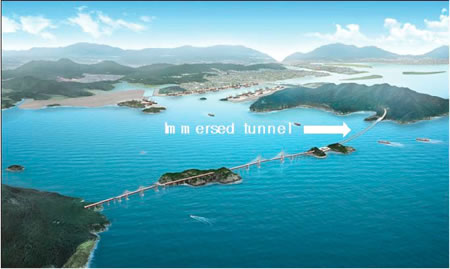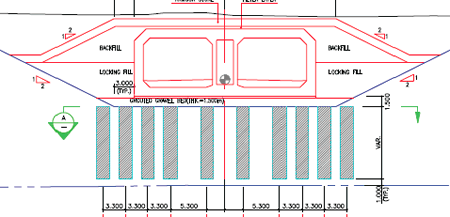
Established in 1992 as a non-profit incorporated association, the Korean Tunnelling and Underground Space Association (KTA) is a tunnel-oriented national organization to comply with the international aims of ITA. Most of the KTA members are tunnel engineers, but not limited to the civil engineering field and recent expansion into the field of fire, disaster prevention and ventilation within tunnels, among others, are noteworthy.
The KTA has changed its English name from the Korean Tunnelling Association to the Korean Tunnelling and Underground Space Association this year according to ITA. The KTA is working closely with the Korean government in terms of tunnel-related policies and technologies, and plays a major role in revision of the tunnel specification and standards.
Total 6 working groups regarding standard & specification, mechanized tunnelling, tunnelling & support, geotechnical survey & IT, urban tunnelling and disaster prevention & environment are currently enrolled in KTA and various activities such as technical advice in the format of memorandum have been carried out this year. Technical tour of the various tunnel sites were also made to reduce the accidents and enhance the maintenance activities of the various tunnels.
One of the most significant accomplishments in the Korean tunnelling in 2010 is the opening of an immersed tunnel which is located within Busan-Geoje fixed link.


The Busan-Geoje fixed link is an 8.2km long 4-lane motorway connecting Busan, Korea’s southernmost and second largest city, to the island of Geoje where a couple of big shipbuilding yards are located. This motorway includes a 3.3km immersed tunnel which is one of the longest immersed tunnels in the world and two cable-stayed bridges.
The immersed tunnel is made up of 18 elements and each element is approximately 180m long, while the exterior width and height of the standard tunnel element is 26.46m×9.97m. The tunnel elements are prefabricated in the temporary dry dock and towed to the site. The elements are next lowered into the final position in a dredged trench and are directly placed on the gravel bed without temporary supports. Since the deepest depth of the immersed tunnel is 47m below mean sea level and the site is subjected to gusty winds as well as strong tidal currents, the project becomes the most challenging immersed tunnel ever built. Details of the project will be published in Tunnelling in Korea 2011.

